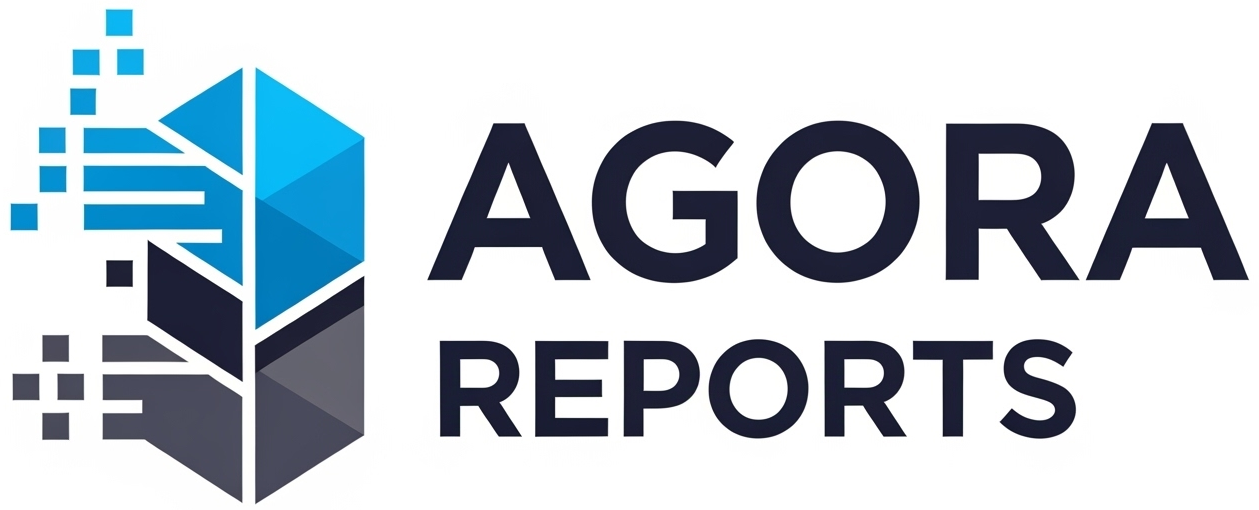Gamification in the Classroom: How to Make Learning Fun and Effective
Let’s be honest. The biggest competitor for a student’s attention isn’t another student—it’s the supercomputer in their pocket. In a world overflowing with interactive apps, fast-paced video games, and endless social media feeds, the traditional classroom can sometimes feel slow, passive, and frankly, a little boring.
So, what’s the solution? How can educators capture the focus and drive that students so willingly give to their favorite games?
The answer isn’t to fight technology but to borrow its secrets. It’s a strategy called gamification. This isn’t about letting students play games all day. It’s about understanding the psychology that makes games so addictive and applying those principles to make learning an adventure.
What Is Gamification, Really?
Gamification is the process of taking game mechanics—like points, challenges, and rewards—and applying them to a non-game context, such as a history lesson or a math curriculum. It’s a powerful way to transform mundane tasks into motivating challenges.
It’s crucial to understand what gamification is and what it isn’t.
- IT IS: Using game design elements to boost engagement and motivation in learning.
- IT IS NOT: Replacing curriculum with unstructured video game playtime.
Think of it as adding a layer of fun and structure to existing educational goals. The objective is still to learn about photosynthesis, but now it’s framed as a “quest” where students earn “Energy Points” for mastering each part of the process.
Why Does Gamification Work? The Psychology Behind the Fun
Gamification isn’t just a gimmick; it’s rooted in core human psychology. It taps directly into the intrinsic motivators that drive us all.
The Need for Mastery
Everyone loves the feeling of getting better at something. In games, this comes from leveling up or mastering a new skill. In a gamified classroom, students get the same satisfaction from earning a “Grammar Guru” badge or moving up a level on the class progress chart.
Instant and Constant Feedback
In a traditional setting, a student might wait a week to get a grade on a test. In a gamified system, feedback is immediate. Completing a small task earns points instantly. This constant feedback loop is highly motivating and tells students they are on the right track, encouraging them to keep going.
A Safe Space to Fail
Games reframe failure. Losing a life in a video game isn’t a catastrophe; it’s an opportunity to learn the pattern and try again. Gamification brings this low-stakes approach to the classroom. If a student fails a “mission” (an assignment), they can simply try again to earn the points, reducing test anxiety and promoting a growth mindset.
How to Gamify Your Classroom: Practical Strategies
Ready to get started? You don’t need a degree in game design. Here are simple, effective strategies you can implement right away.
1. Start with a Point System
Points are the foundation of most games. They are a simple, visual way to track progress. You can award points for almost anything:
- Completing homework on time
- Answering a difficult question in class
- Helping a classmate who is struggling
- Showing measurable improvement on a topic
2. Award Badges and Achievements
While points are great for tracking day-to-day progress, badges are perfect for recognizing major accomplishments. They are digital (or physical!) trophies that signify mastery.
- Skill-Based Badges: “Public Speaking Champion,” “Multiplication Master,” “Lab Safety Expert.”
- Effort-Based Badges: “Perfect Attendance,” “Homework Hero,” “Curiosity Champion” (for asking great questions).
3. Reframe Assignments as “Quests”
Turn your lesson plan into an epic adventure. A boring unit can become an exciting quest with a clear goal. This simple change in language can make a world of difference.
- History Example: Instead of a unit on the American Revolution, it’s the “Quest for Independence.” Each lesson is a mission leading to the final “boss battle” (the final exam or project).
- Science Example: A chapter on ecosystems becomes the “Mission to Build a Biodome.” Students must complete tasks to gather the resources needed for their final project.
4. Use Leaderboards (With Caution!)
Leaderboards can tap into our competitive spirit, but they must be used carefully to avoid discouraging students who fall behind.
- DO: Use them for team-based competitions. Divide the class into “guilds” or “houses” that work together to earn points.
- DO: Track progress or effort, not just achievement. A leaderboard showing who completed the most “side quests” is more inclusive.
- DON’T: Publicly rank individual students from top to bottom based on test scores.
Tools and Resources to Get You Started
Gamification doesn’t have to be high-tech or expensive. You can start with a poster board and some stickers. But if you want to leverage technology, here are a few user-friendly platforms:
- Kahoot!: Perfect for creating fun, game-show-style quizzes.
- Classcraft: A comprehensive platform that turns your entire class into a fantasy role-playing game.
- Quizlet: Use its flashcard sets and interactive games to make studying more dynamic.
Conclusion: Level Up Your Classroom
Gamification is more than just a trend; it’s a strategic shift in how we approach education. It’s about acknowledging that students are already hard-wired to respond to the challenges, feedback, and rewards that games offer.
By integrating these elements into your lessons, you’re not just making learning fun. You are creating a more dynamic, motivating, and effective environment where every student has the chance to feel like a winner. You are giving them the tools to level up, not just in school, but in life.
